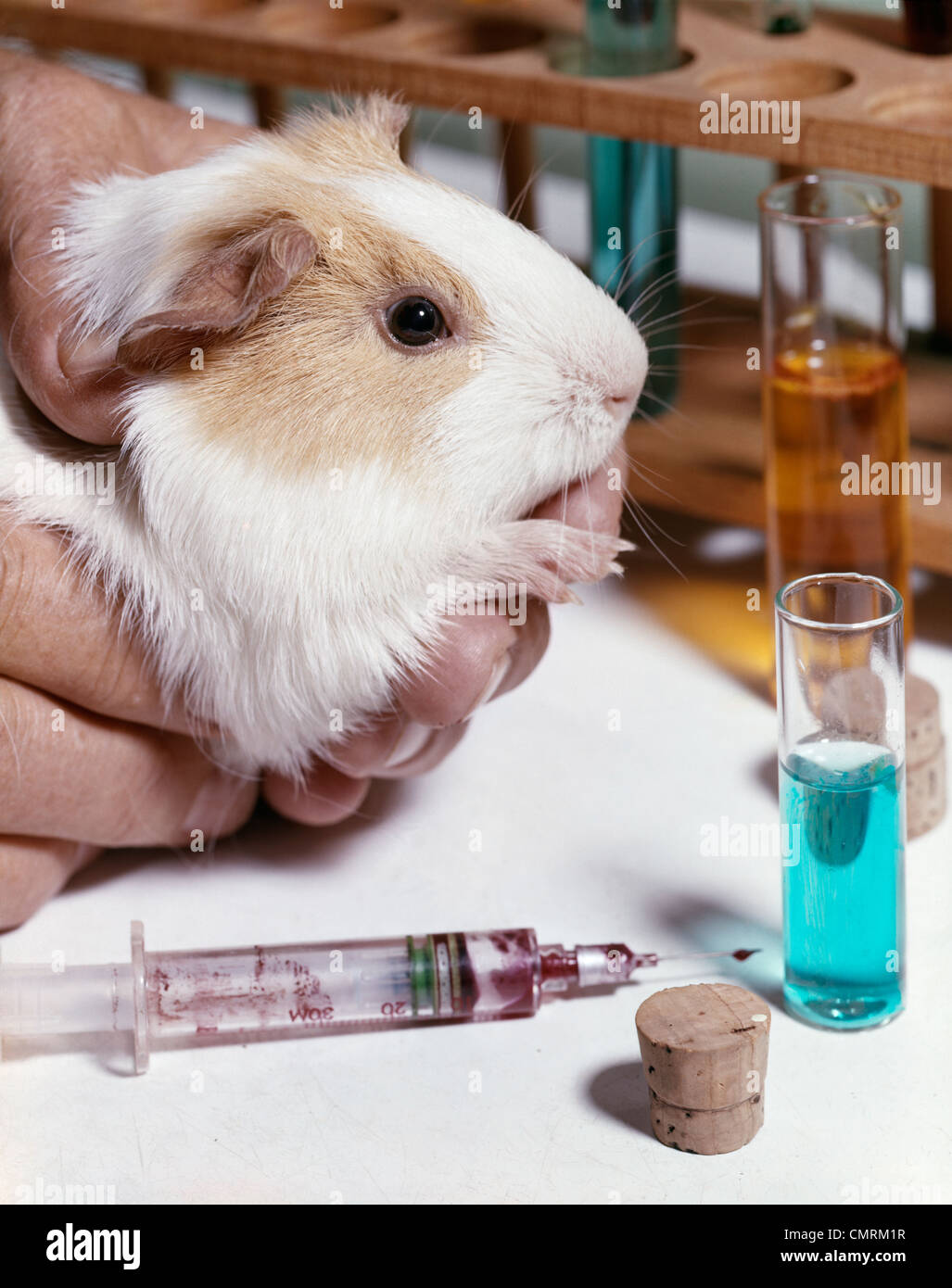Guinea Pig Experiment
Welcome to the Guinea Pig experiment, the experiment where we watch the entire journey of someone going from $0 to financial independence! Program All In One Karaoke. In this experiment, we. I would like to ask about another thread; (context) 'Guinea Pig Diaries' written by AJ.

It's a problem that affects all animal research: Some non-human models of disease produce; others turn out to be. How can we tell the difference? Scientists have struggled with this question for as long as they've been doing dissections, and anyone with the answer would soon have a seat in the. But the issue of when, exactly, data drawn from one species can (or should) be applied to another isn't confined to scholars. It has crept into everyday language and shaped the way the rest of us talk about science.

Whenever we invoke the standard metaphor for experimental subjects, calling someone or something a guinea pig, we invoke a long-standing debate among scientists and natural philosophers over the question of what a lab mouse or a hemorrhagic monkey can tell us about a man. What makes this wording more curious is the fact that guinea pigs, real ones, don't mean much to working scientists. For all their rhetorical importance, the animals scarcely register in the lab: According to the National Library of Medicine, researchers now publish around 50,000 studies per year using mice, another 36,000 using rats, and. Even the macaque monkey—an animal that costs at least a thousand times more to buy and maintain than a guinea pig—shows up 50 percent more often in the published literature.
The guinea pig's celebrity (and infamy) dates to the late 1800s and the sundry reputations of the early germ theorists. One by one, the major diseases of the time were reduced to their bacterial causes.
Robert Koch, a country doctor working out of his cottage in Wollstein, Germany, identified the agents responsible for anthrax, cholera, and staphylococcus. He began by swapping sera from field mice, rabbits, monkeys, and guinea pigs, but the latter proved especially apt. Bred as a food source, guinea pigs were gentle, quiet, unperturbed by cages, and—by a fortunate coincidence, perhaps—prone to infectious disease. (You can give a Cavy full-blown tuberculosis with a single Mycobacterium tuberculosis, says TB researcher David McMurray.) By the time he was named to a prestigious professorship in Berlin, Koch was using guinea pigs by the armful.
Meanwhile, the guinea pig had become a poster animal for the movement to ban, or at least temper, the practice of vivisection. An 1886 tract called 'Some Fallacies of Science' bemoaned the 'high priests' whose work amounted to determining '.' Another described the experimental guinea pig as 'a little creature, about the size of a half-grown kitten,' prone to ' when placed under the knife. According to by Jim Endersby (from which both those examples are drawn), the importance of this animal among humane societies arose from the its in the home. Queen Elizabeth I had, and in the Victorian Age guinea pigs were bred and groomed for shows, as dogs are today.
The laboratory guinea pig's most dramatic moment came in 1890. It had been 8 years since Koch's greatest achievement, the discovery of the bacterium responsible for tuberculosis. The 'Great White Plague' was the most pressing medical issue of the time, responsible for an estimated one-seventh of all deaths in Europe, rich and poor alike. Yet Koch’s cultures of the waxy-coated bug hadn't led to any progress toward a cure. Take Me Home Nl on this page. Critics of microbiology noted that for all its success in naming organisms, this new science had done almost nothing to save human lives. Then, on Aug.